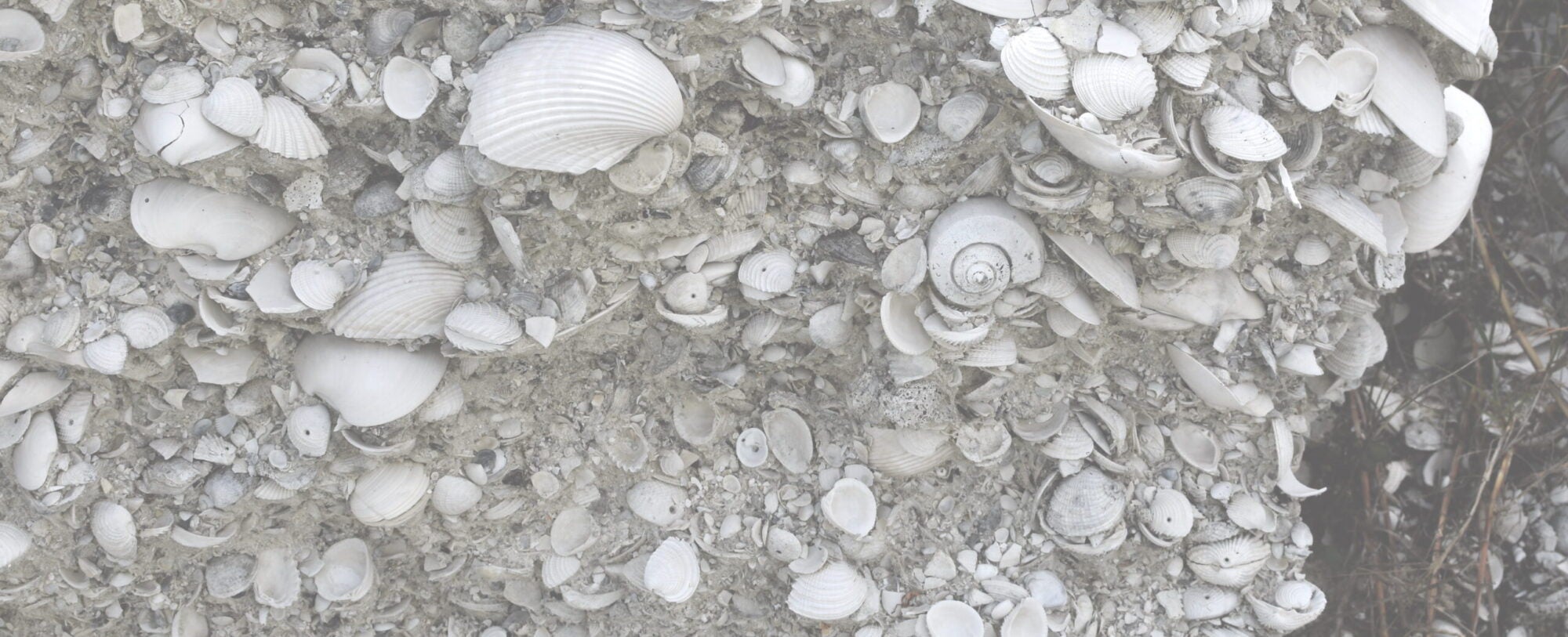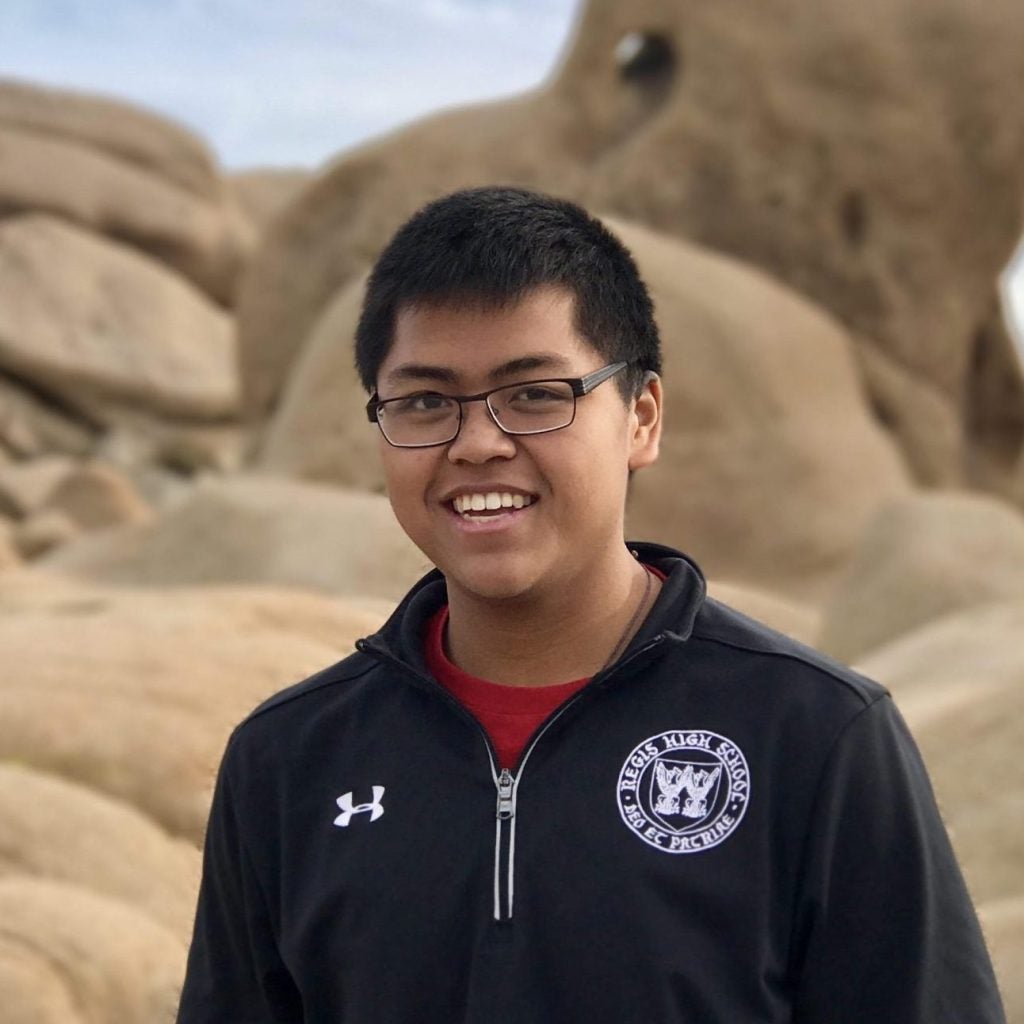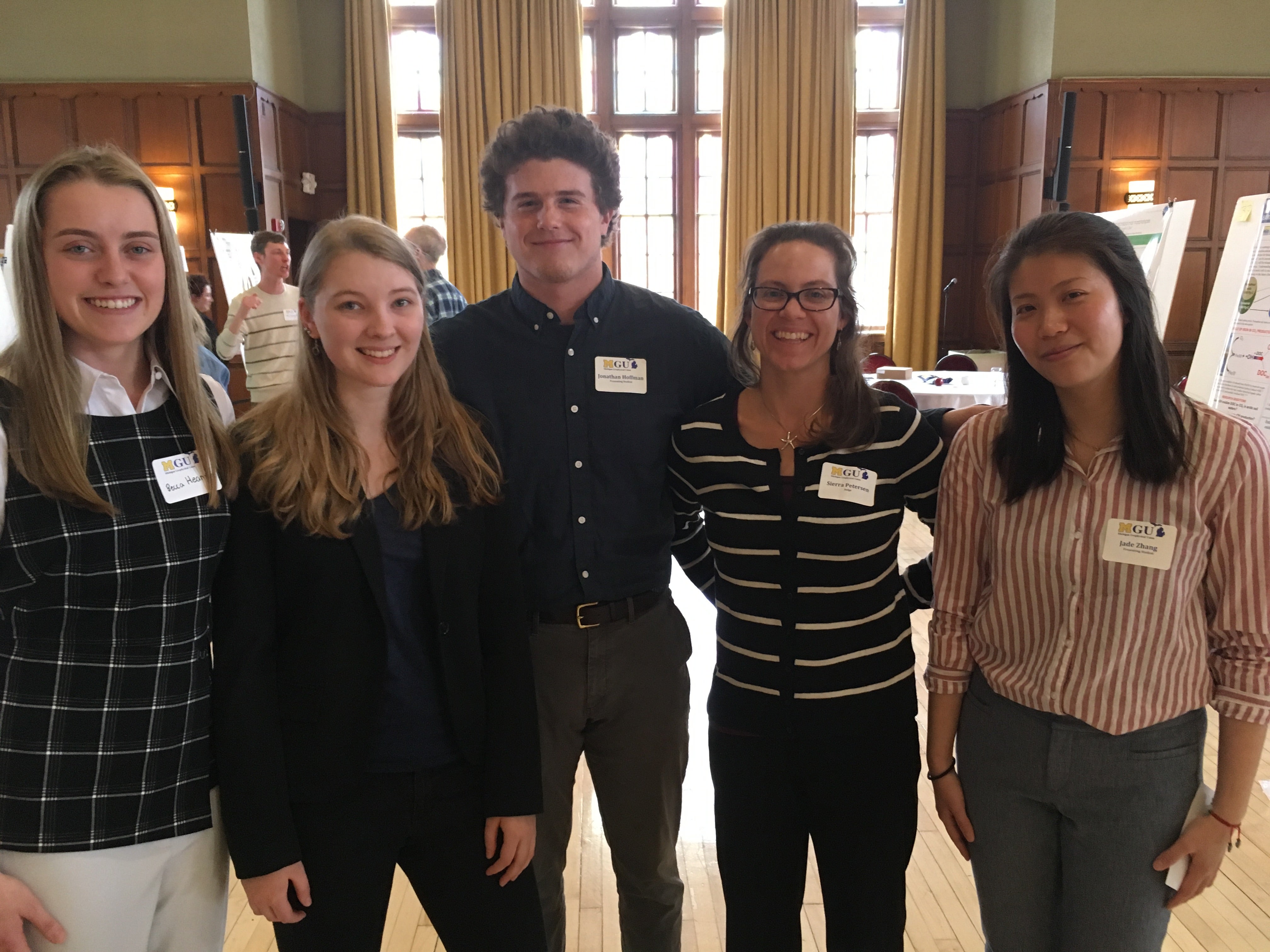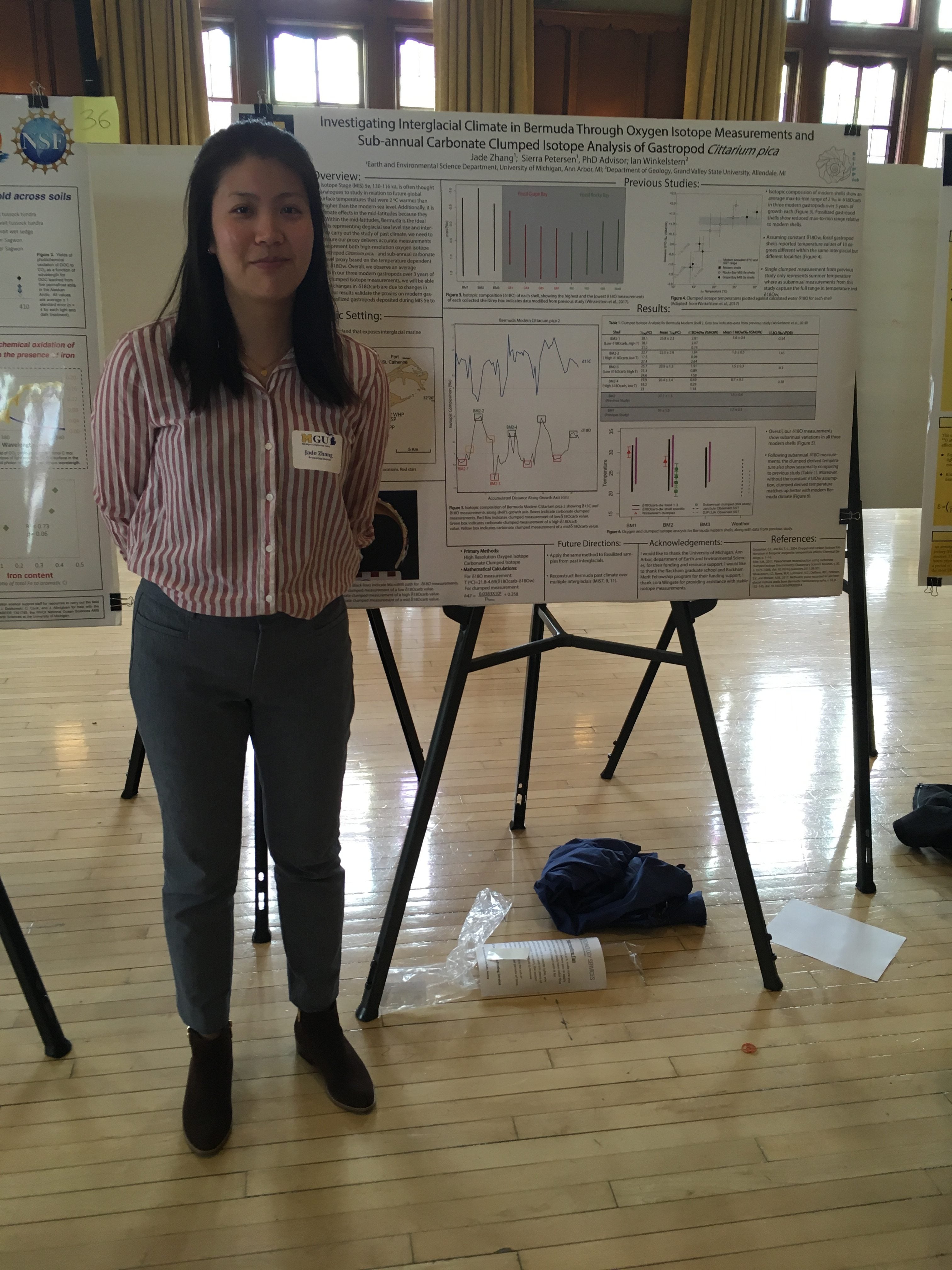The latest SCIPP-Lab paper comes from former SCIPP-lab postdoc Dr. Matt Jones (now at the Smithsonian Institute), publishing the work he did while at UM. Dr. Jones looked at fossil oysters from the Cretaceous Western Interior Seaway and used clumped isotope to reconstruct seaway temperatures during the time they lived.
We found that temperatures during the Cretaceous Thermal Maximum (Cenomanian-Turonian period, ~95 Million years ago) reached upper 20’s to lower 30’s Celsius in what is now modern day Utah and Wyoming. This is very hot! These water temperatures, which occurred in the mid-latitudes during the Cretaceous, are today only found in the warmest areas of the ocean like the Western Pacific Warm Pool. It makes you wonder how hot the tropics were if the mid-latitudes were >30C!! But that’s for another day…

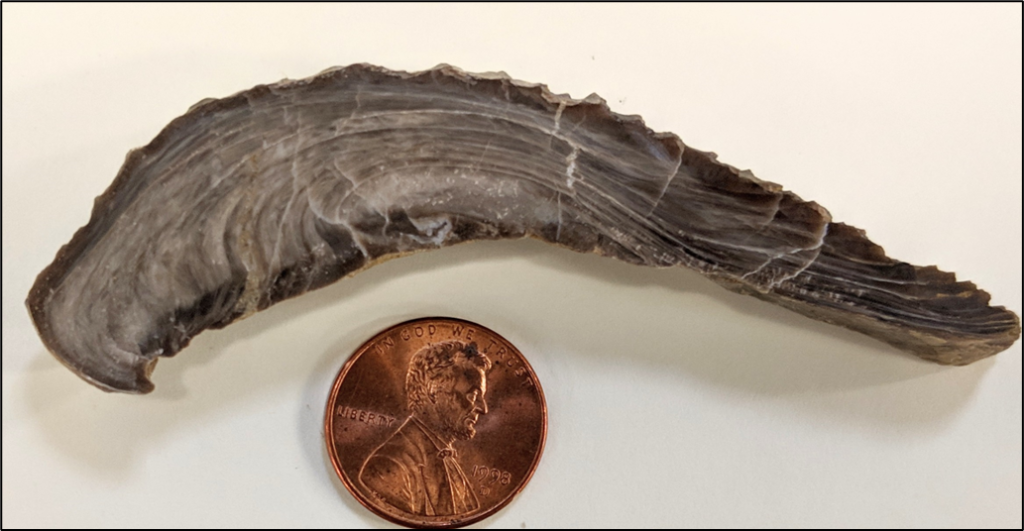
LINK TO PAPER: https://pubs.geoscienceworld.org/gsa/geology/article/doi/10.1130/G49998.1/613546/A-tropically-hot-mid-Cretaceous-North-American
LINK TO UM PRESS RELEASE: https://news.umich.edu/bali-like-temperatures-in-wyoming-fossils-reveal-tropically-hot-north-america-95-million-years-ago/
LINKS TO OTHER PRESS: Futurity article, Science Daily article,

